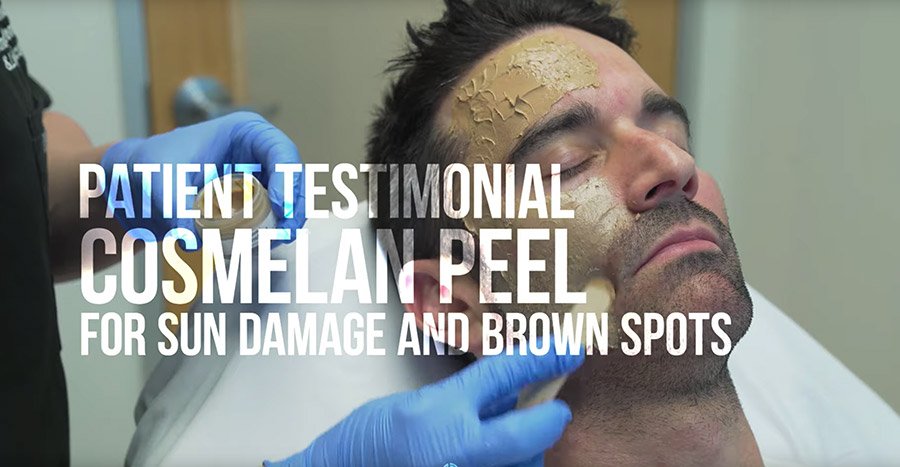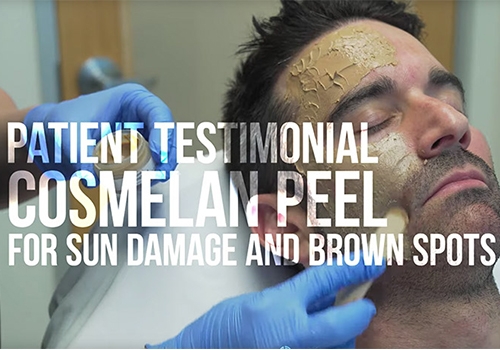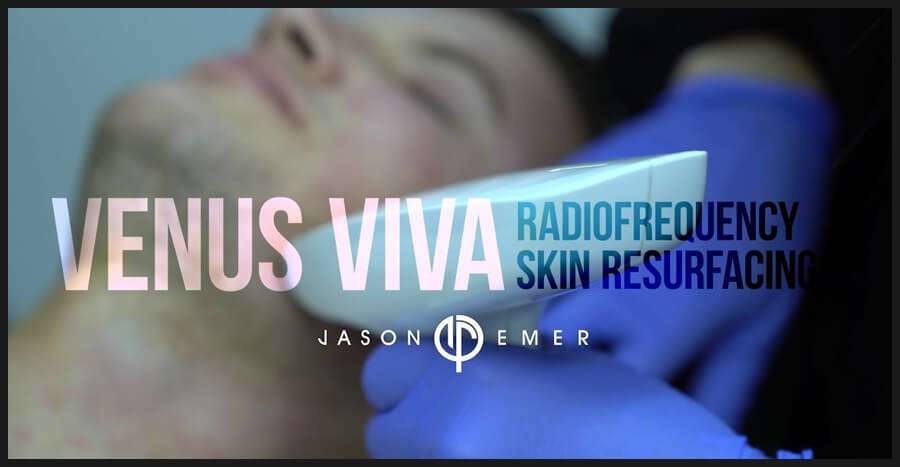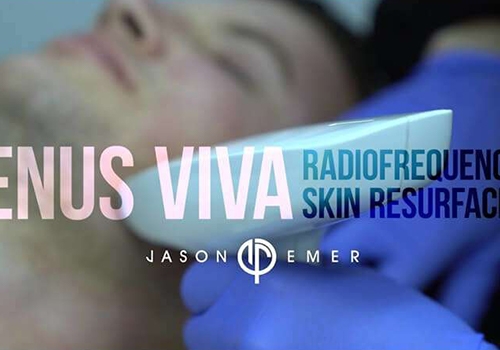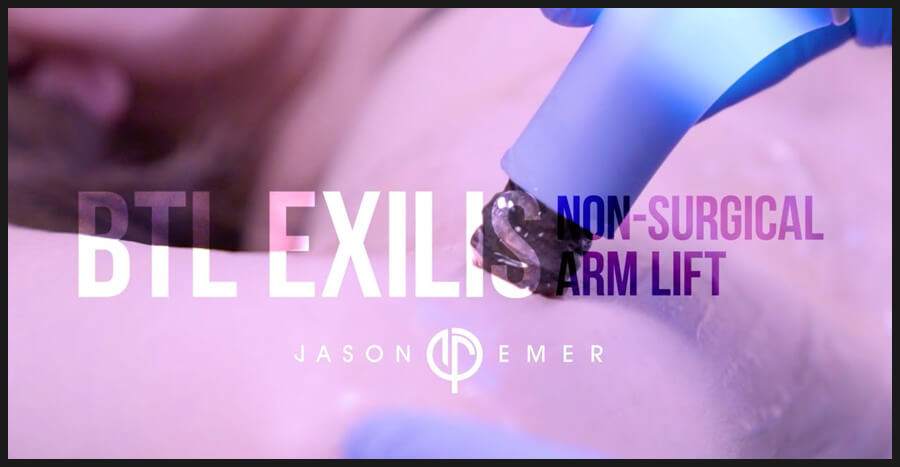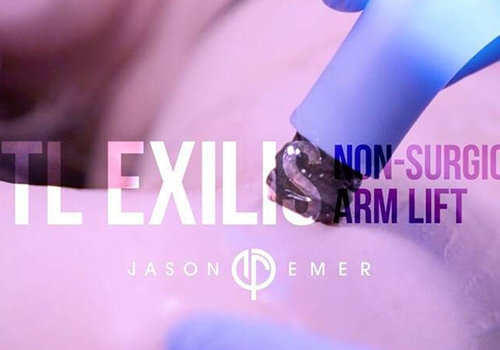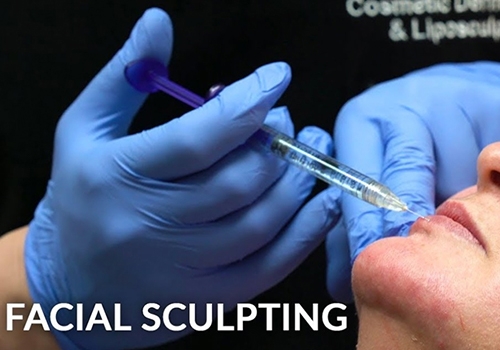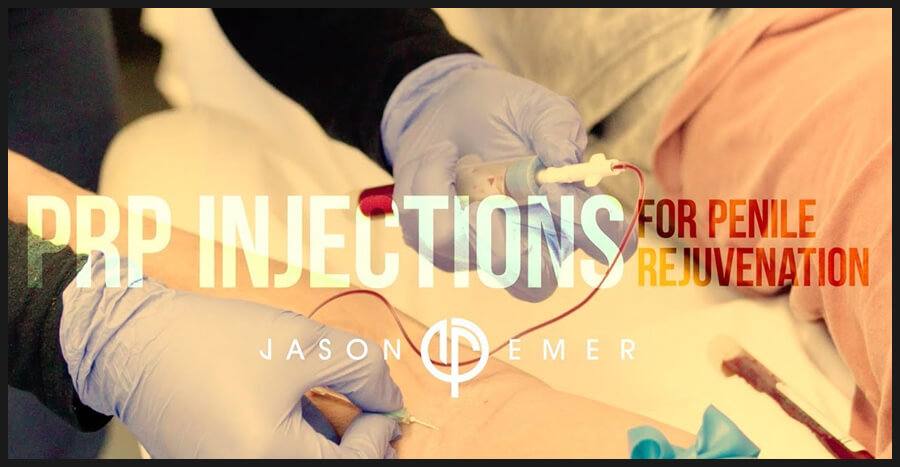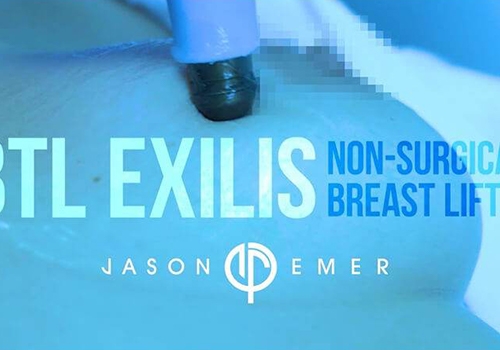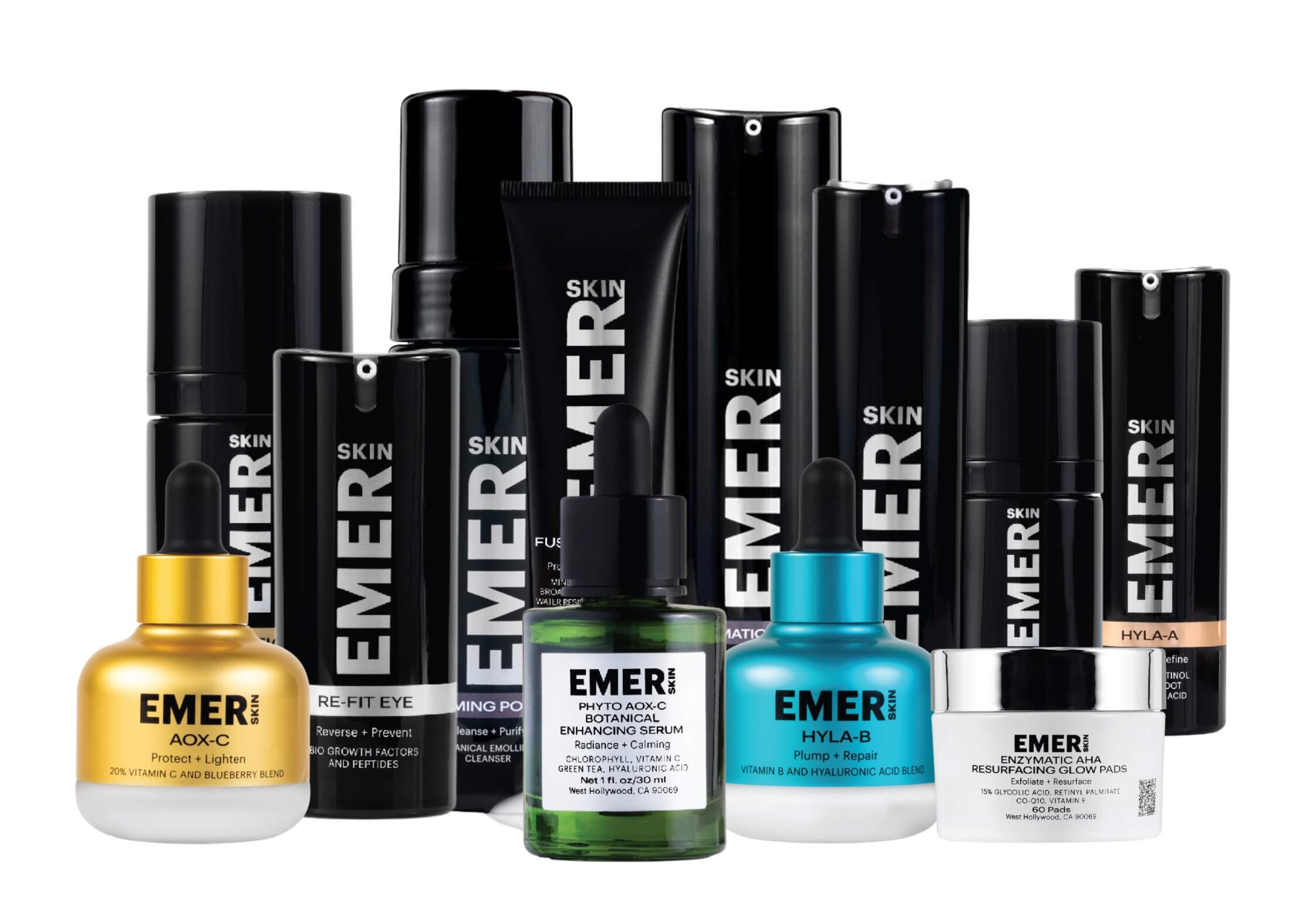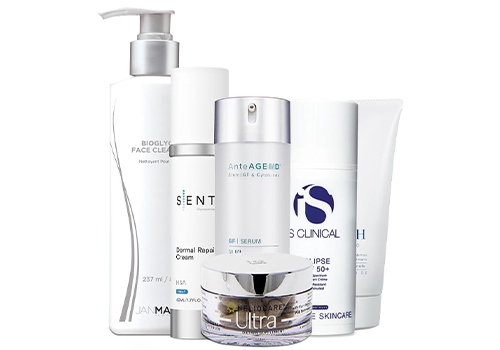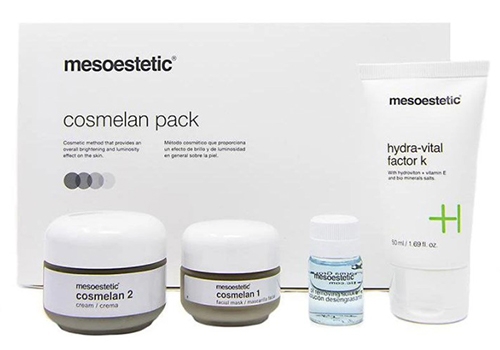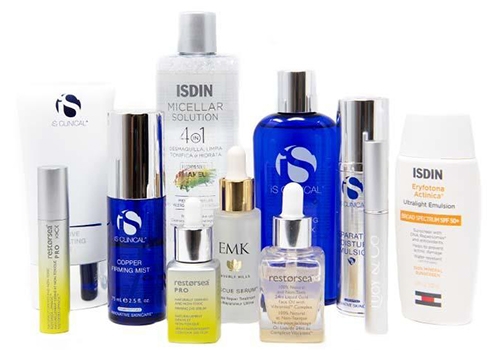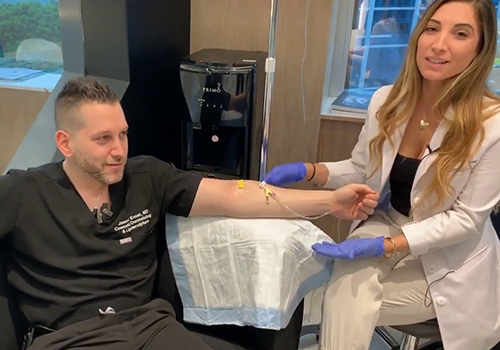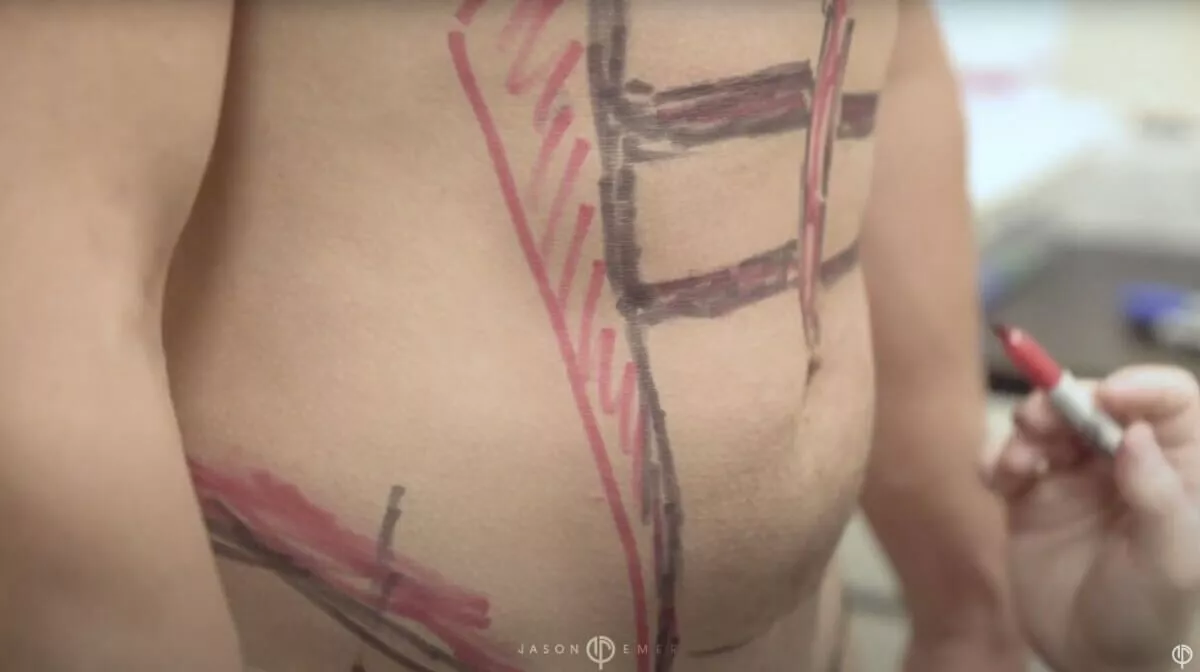Characterized by deep, narrow pits in the skin’s surface, ice pick scars are stubborn, highly noticeable scars that, due to their depth, do not respond well to lasers or peels alone. To treat ice pick scars, acne scarring expert Dr. Jason Emer employs a groundbreaking approach involving a series of procedures that do more than address the surface of the skin. One of these procedures is TCA CROSS — “Trichloroacetic Acid Chemical Reconstruction Of Skin Scars” — an aggressive acne scarring treatment method in which the chemical TCA is placed directly into the ice pick scars, creating wounds that scab and ultimately heal to generate new skin.
While lasers and fractional radiofrequency microneedling treatments are often used to address textural issues and superficial scarring, these devices only address the top layer of skin, leaving deep “pore-type” scars untreated. Injectable fillers can help elevate atrophic or indented scars; however, patients with ice pick scars often require a more aggressive approach to obtain lasting, visible improvement. TCA CROSS raises cavernous ice pick acne scars and deep pores, making them more shallow and leaving the normal surrounding skin untreated.
How does TCA CROSS work?
In the procedure, TCA (a highly concentrated chemical) is applied with a toothpick or needle to the crater of each scar, prompting an immediate “frosting” effect. The chemical activates and burns the base of the scar, causing the scar to cave in on itself, triggering gradual collagen formation, prompting a controlled micro-scab to form, and remodeling the skin long-term.

As the skin heals (which can take up to 6 weeks), the skin creates new cells to elevate the scar, resulting in a smoother texture overall. Based on the depth and condition of the ice pick scars, numerous treatments (often 3 or more separate spot treatments) with TCA CROSS may be necessary to see substantial, long-term improvement.
Is TCA CROSS the best treatment for all acne scars?
Acne scars need a customized combination approach for long-term improvement. Everyone has a unique pattern of acne scarring, and most patients have various types of scars, so Dr. Emer creates a tailored treatment plan for each individual.
- Subcision for depressed, tethered scars
- Injectable fillers like Bellafill (with or without subcision) for atrophic, indented scars
- Vascular lasers — such as Pulsed Dye Laser or Vbeam, Yellow laser, Aerolase, excel V, or Intense Pulsed Light (IPL) — for facial redness or thick acne scars
- Laser treatments (Fraxel, Erbium, or CO2) or fractional radiofrequency devices (InMode Fractora, Venus Viva, or EndyMed Intensif) for textural issues and superficial scarring
- TCA CROSS and punch excision for deep ice pick scars and narrow box car scars
- Microneedling with PRP to improve the results of laser treatments and to accelerate healing time

What is Punch Excision?
An alternative or complement to TCA CROSS is punch excision, in which the troublesome ice pick or pore is surgically removed from the skin. Using a circular blade, Dr. Emer carefully cuts around the ice pick scar, removes the scar itself, and sutures it closed. After 5 to 7 days, the sutures are removed, and the deep, round scar is converted to a flat line scar that can then be lasered, peeled, or microneedled for further improvement. It is imperative that a laser treatment occurs after the punch excision as the new scar may not heal properly without it; in some cases, the scar will worsen if the long-term treatment plan is not followed.
Is TCA CROSS safe for all skin types?
Potent chemicals like TCA can often result in hyperpigmentation or worsening scars. Therefore, individuals with darker skin are typically treated with lightening peels, antioxidants, and proper medical-grade skin care prior to each TCA CROSS treatment. Then, following the TCA procedure, Dr. Emer proposes a customized at-home skin care regimen specifically for darker skin tones, which typically includes silicone-based scar gels, growth factors, vitamin C, kojic acid, hydroquinone, and retinol.
How does Dr. Emer do it differently?
As there is no singular approach to acne scarring, Dr. Emer complements TCA CROSS with a customized combination of non-invasive and minimally invasive treatments — including peels, fillers, lasers, radiofrequency treatments, and microneedling — to resurface layers of the skin and achieve a blended, smoother skin texture over a series of treatments.
- Dr. Emer often combines TCA CROSS with multi-depth microneedling radiofrequency (RF) to encourage cellular turnover. Devices like InMode Fractora, Morpheus8, and Intensif send RF energy deep within the skin to stimulate the natural production of collagen, triggering the skin’s natural healing process and rejuvenating the skin while reducing the appearance of acne and acne scars in all skin types with very little downtime.
- Injectable fillers like Bellafill (an FDA-approved filler for acne scarring) can help plump and lift the indented scars and also assist in long-term collagen production. Bellafill is used to improve acne scars as well as wrinkles and folds, cellulite, nasal contouring, irregularities or indentations on the body, and muscular definition.
- Dr. Emer often follows TCA CROSS with Intensif Microneedling RF and Erbium Skin Resurfacing laser treatments to improve results and accelerate recovery time without the risk of hyperpigmentation. In a series of treatments, this combination can produce significant textural improvement, a reduction in pore size, scars, and wrinkles, and mild skin tightening. Dr. Emer combines these techniques with lasers like Fraxel, platelet-rich plasma (PRP), stem cells (such as A-Cell), and injectable fillers for those who are candidates.
- Non-inflammatory lightening peels such as Cosmelan and Enlighten are often used in combination with acne scarring treatments to kickstart the skin’s exfoliation process or as a preparation for more aggressive laser treatments.
- An ideal “finishing treatment” after a TCA CROSS procedure, LightStim LED Light Therapy speeds up the healing process, decreases the chance of skin discoloration, and helps to relieve any pain or discomfort. LightStim emits UV-free light rays that energize cells and stimulate the body’s natural process to build new proteins and regenerate cells.
Which skin care products work best with TCA CROSS?
Following a TCA CROSS procedure, Dr. Emer’s patients are encouraged to maintain a regular skin care regimen for at least 4 to 6 weeks to ensure optimal results, including daily application of:
- “Silagen” scar gel in the mornings;
- growth factors, stem cells, EMK Rescue Serum, and AnteAGE MD Serum for repair and recovery;
- and BioShield Rapid Recovery Complex in the evenings.
Are there any risks involved?
Meticulous technique and skill are required with the TCA CROSS procedure to ensure that there is no additional scarring, pigmentation changes, or worsening of the scars. For this reason, it is highly recommended that you obtain this treatment from a board-certified dermatologist like Dr. Jason Emer, a specialist in acne and acne scarring treatments.
Is it painful?
Thanks to topical numbing and ice packs, the pain level is minimal to none for TCA CROSS treatments. Most patients experience some warmth as the chemical is applied, a painless pricking sensation as the toothpick or needle touches the skin, and occasionally an itchy or tingling feeling as the scabs begin to form inside the scars.
What is the downtime?
The typical downtime is 3 to 7 days. Following the treatment, scabs begin to form that require aggressive skin care to promote proper skin healing. Patients can experience up to 6 weeks of redness in the areas treated. Occasionally, scars appear worse after treatment, but they will gradually improve over time and with additional treatments.
Am I a good candidate for TCA CROSS?
The best way to determine if you are an ideal candidate for TCA CROSS is to schedule a formal evaluation with a board-certified dermatologist and acne scarring specialist like Dr. Jason Emer, who can analyze your scars, identify the treatment methods needed to address those scars, and develop a tailored treatment plan based on your individual needs and aesthetic goals.
How do I schedule a consultation with Dr. Emer?
To schedule a consultation with Dr. Emer in Beverly Hills / Los Angeles / West Hollywood, California, please reach out to our concierge to schedule an appointment. Call 424-800-4140 or email us at appointments@jasonemermd.com.

